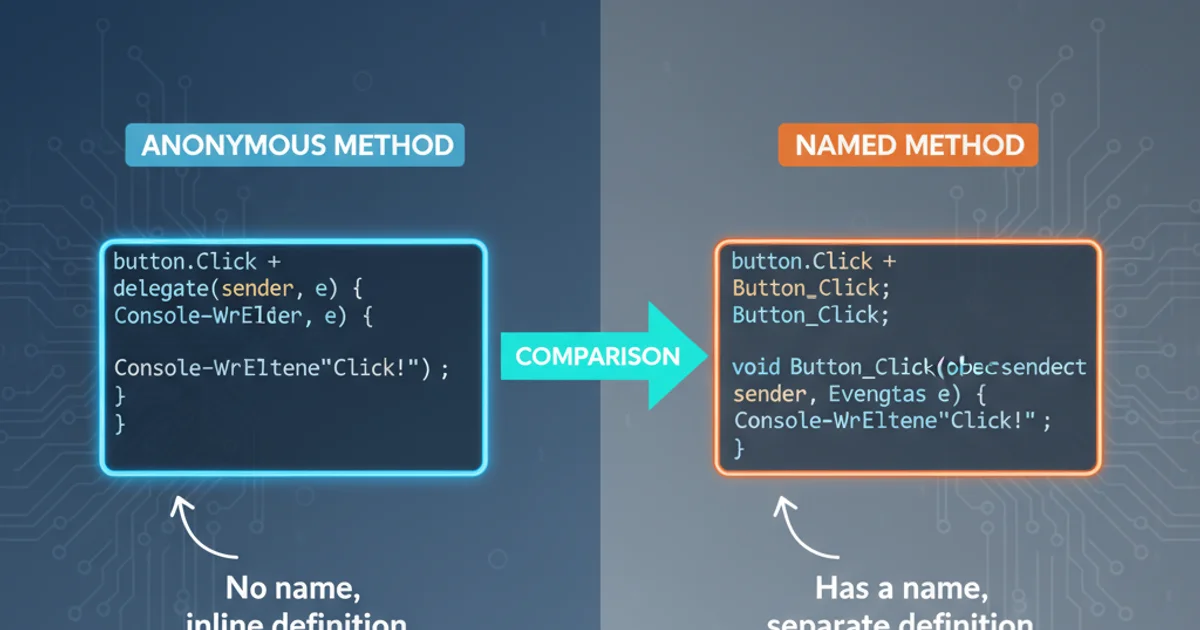Remove all whitespace in a string
Categories:
Mastering Whitespace Removal in Python Strings

Learn various Python techniques to effectively remove all types of whitespace from strings, ensuring clean and consistent data.
Whitespace characters (spaces, tabs, newlines) can often interfere with data processing, comparisons, and display. Python offers several robust and efficient methods to remove all or specific types of whitespace from strings. This article will guide you through the most common and effective techniques, helping you clean your string data with ease.
Understanding Different Types of Whitespace
Before diving into removal methods, it's crucial to understand what constitutes 'whitespace'. In Python, common whitespace characters include:
- Space:
(ASCII 32) - Tab:
\t(ASCII 9) - Newline:
\n(ASCII 10) - Carriage Return:
\r(ASCII 13) - Form Feed:
\f(ASCII 12) - Vertical Tab:
\v(ASCII 11)
Python's string methods often distinguish between leading/trailing whitespace and all whitespace within a string. Knowing which type of whitespace you need to remove will help you choose the most appropriate method.
flowchart TD
A[Input String] --> B{Contains Whitespace?}
B -- Yes --> C{Which Whitespace?}
C -- Leading/Trailing --> D[Use .strip(), .lstrip(), .rstrip()]
C -- All Whitespace --> E[Use .replace() or regex (re.sub)]
D --> F[Cleaned String]
E --> F
B -- No --> FDecision flow for choosing a whitespace removal method
Method 1: Using str.replace() for Specific Characters
The str.replace() method is straightforward for removing specific characters, including whitespace. You can chain multiple replace() calls to remove different types of whitespace characters one by one. This method is explicit and easy to understand, making it suitable for cases where you know exactly which characters you want to eliminate.
my_string = " Hello\nWorld!\t "
cleaned_string = my_string.replace(" ", "").replace("\n", "").replace("\t", "")
print(f"Original: '{my_string}'")
print(f"Cleaned: '{cleaned_string}'")
Using str.replace() to remove spaces, newlines, and tabs.
replace() calls can become verbose if you need to remove many different whitespace characters. For a more concise approach, consider regular expressions.Method 2: Leveraging Regular Expressions with re.sub()
For a more powerful and flexible approach, especially when dealing with all types of whitespace or complex patterns, Python's re module (regular expressions) is invaluable. The re.sub() function allows you to substitute all occurrences of a pattern with a replacement string. The \s character class in regex matches any whitespace character (space, tab, newline, carriage return, form feed, vertical tab).
import re
my_string = " Hello\nWorld!\t This is a test.\r\f"
cleaned_string = re.sub(r'\s+', '', my_string)
print(f"Original: '{my_string}'")
print(f"Cleaned: '{cleaned_string}'")
Using re.sub() with \s+ to remove all whitespace characters.
\s+ pattern matches one or more whitespace characters. Using + ensures that multiple consecutive whitespace characters are replaced by a single empty string, which is generally more efficient than replacing each individual whitespace character.Method 3: Using str.split() and str.join()
Another elegant way to remove all whitespace is to split the string by whitespace, which automatically handles multiple spaces, and then join the resulting non-empty parts back together without any separator. This method is particularly good for normalizing strings where multiple spaces should be treated as a single delimiter, and then removed entirely.
my_string = " Hello\n World!\t How are you? "
parts = my_string.split()
cleaned_string = "".join(parts)
print(f"Original: '{my_string}'")
print(f"Cleaned: '{cleaned_string}'")
Using split() and join() to remove all whitespace.
str.split() without arguments splits by any whitespace and discards empty strings, effectively treating multiple spaces as one delimiter. If you need to preserve empty strings or split by a specific delimiter, you'll need to provide an argument to split().